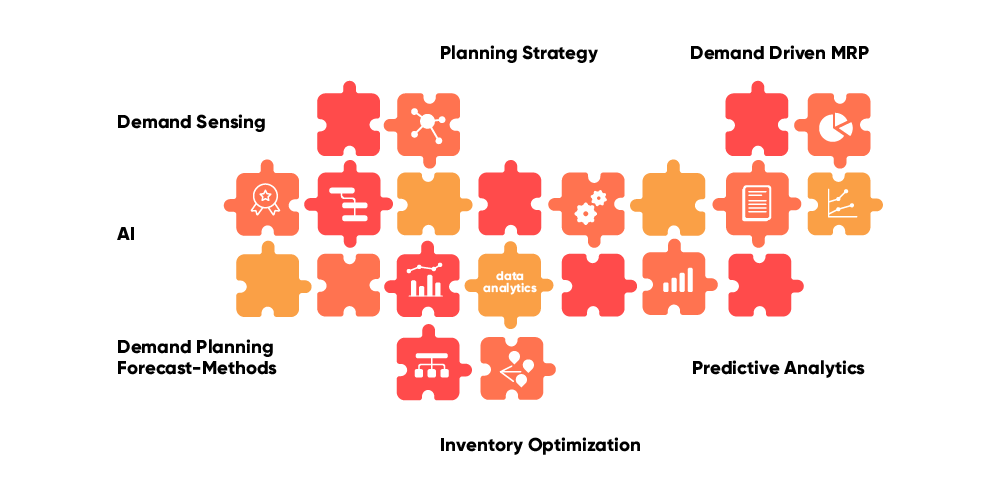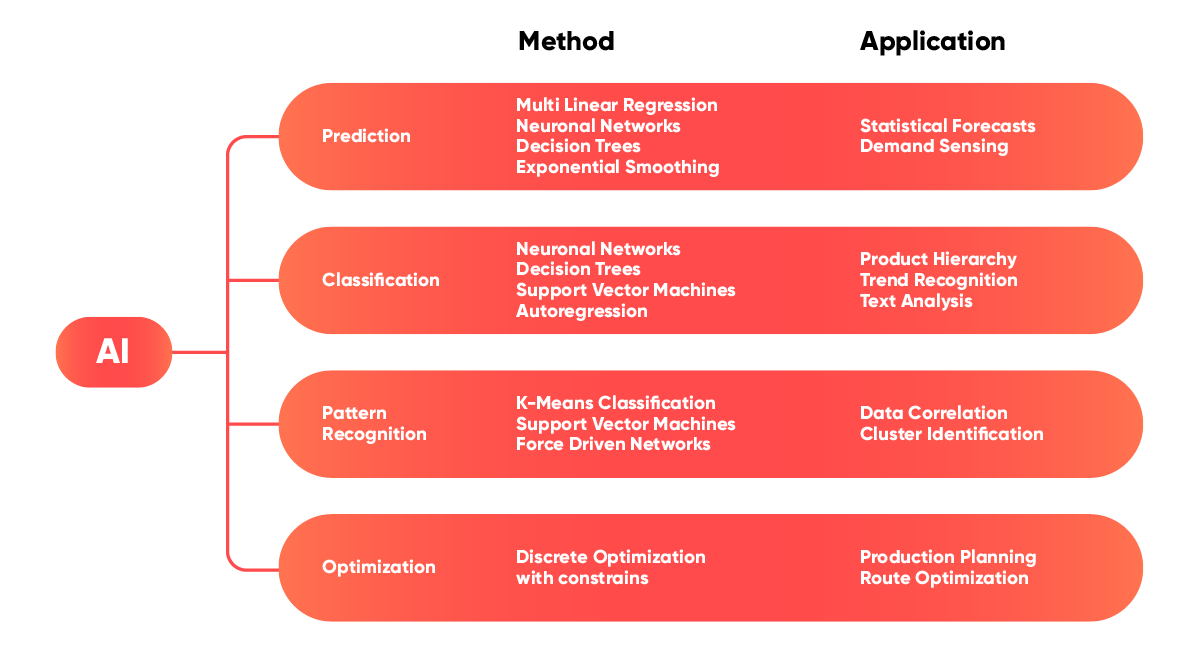Supply Chain Analytics
Supply Chain Analytics
IOT, Big Data, and artificial intelligence are changing nearly all aspects of our lives. Data is processed in real time and critical forecasts are adjusted and expanded continuously based on AI. This is why supply chain expectations keep increasing with regard to efficiency and service level. The challenge for companies is to be able to keep up in the long term, but also to rely quickly on proven methods.



